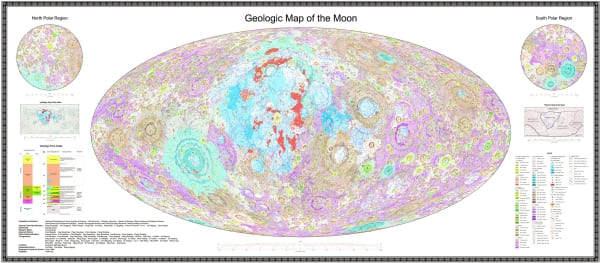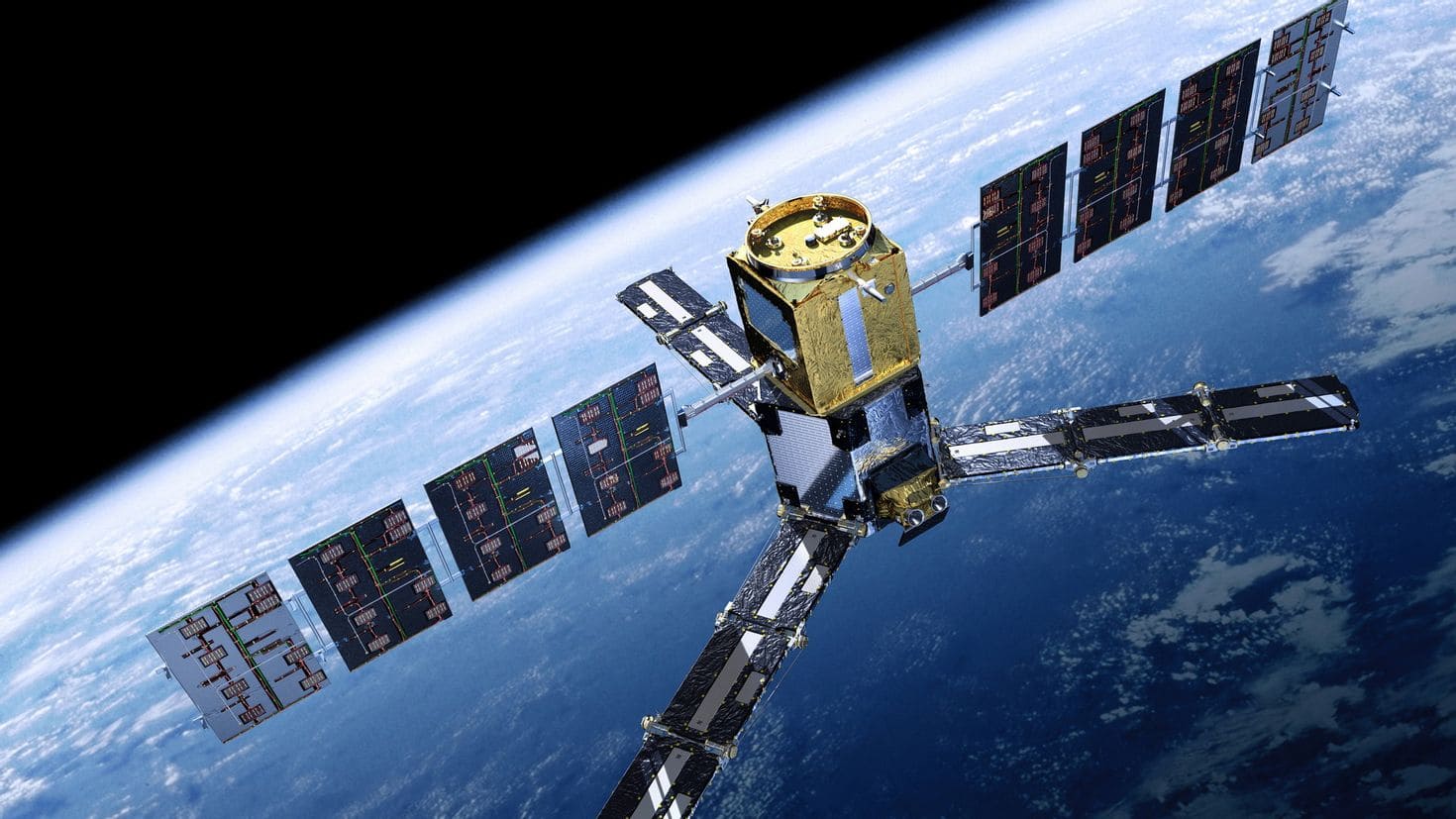The Chinese Academy of Sciences (CAS) has published the world’s first set of highly accurate geological maps of the Moon. Scientists believe it significantly contributes to the exploration of the Earth’s natural satellite during the first astronaut expedition to the Moon in half a century.
The first information about the Moon’s geology was obtained by Soviet scientists thanks to automatic research stations. Some contribution was also made by American astronauts who made several landings on the crater-covered celestial object. However, Earth science has made significant leaps forward since then, and international maps still based on information collected in the 1960s and 1970s have become outdated.
As geochemist Liu Jianzhong pointed out, only some local areas on these maps are sufficiently reliable. In addition, the scale of 1:5,000,000 is already insufficient for planning serious scientific activities (the first detailed geological map of the Moon was made at this scale – it was published by NASA in 2020, which relied, among other things, on data obtained during the Apollo programme).
Consequently, the Chinese Academy of Sciences organised the creation of a new, much more accurate and detailed lunar atlas. The rich data collected over the past decades by several Chang’e probes played a decisive role in this endeavour. The result is maps that should remain the pinnacle of humanity’s scientific knowledge of the Moon for a long time to come, at least until its surface is again explored by the footprints of humans in space suits.
The accuracy (and scale) of the new maps has been increased to 1:2,500,000. They show 12,341 impact craters and 81 major depressions, as well as 17 rock types formed by 14 major tectonic processes. The landing sites of spacecraft, including the Chang’e and Apollo programmes, are specially marked.
A total of 30 maps are presented in the atlas, which has been worked on since 2012, when the first scientific director of China’s lunar exploration programme, Ouyang Ziyuan, first proposed the idea. Now the fruits of ten years of efforts by Chinese scientists can be used by all countries of the world.
At the same time, preparations for the establishment of an international scientific lunar station by China and Russia are actively underway. However, the interests of both countries extend much further. Thus, in the near future, it is possible that Russian and Chinese scientists will engage in field research of the Red Planet.



